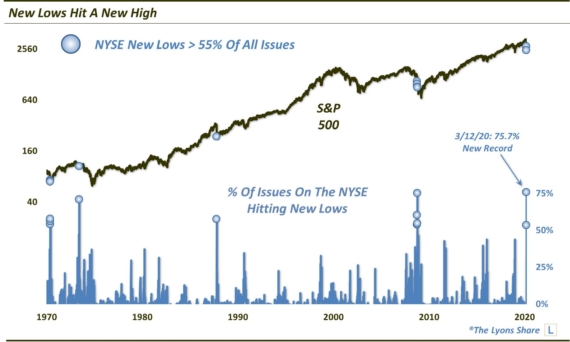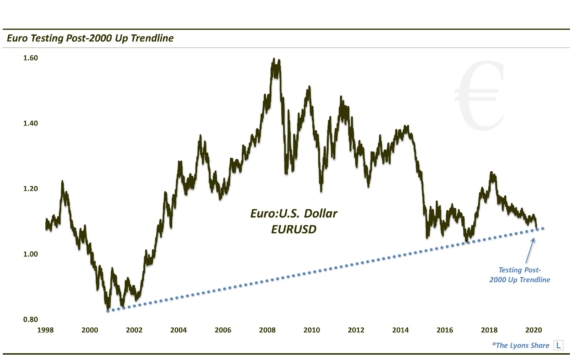The PIIGS are Starting to Squeal Again
Cue the hideous techno-80’s music and roll the credits – the European vacation is over. We warned on July 21 that the beta-driven outperformance of the PIIGS (Portugal, Ireland, Italy, Greece and Spain) stock markets was in jeopardy. Indeed, in early August, a composite of the PIIGS markets broke down below their post-2012 up trendline. After subsequently staging a brief bounce, the composite has failed at the underside of the former trendline. Furthermore, on a relative basis, the PIIGS composite is now breaking down versus the Europe core-based DJ Euro Stoxx 50 index. This is a most unwelcomed development for those tasked with trying to keep the continent economically afloat.
First, from a strict price perspective (the arena in which we prefer to hang out), European stocks have performed best when the PIIGS markets were outperforming relative to the core. This is clear from the chart. Conversely, over the past 8 years, relative breakdowns on the part of the PIIGS, in mid-2007 and late-2009, have led to significant, prolonged equity weakness. At present, a similar relative breakdown appears to be in the works.
Secondly, and subjectively, this has the makings of a nightmare for Mr. Draghi and the rest of the Euro-finance contingent. For the past 2 years, rising stock markets across the continent, particularly the PIIGS nations, have eased the burden, or at least the urgency, of the Eurozone debt crisis. As they say with dysfunctional sports teams, winning heals everything. So it is with bull markets (wealth effect?) As long as the markets remain on an upward trajectory, sovereign and bank asset levels are elevated, alleviating onerous debt ratios. Unfortunately, these are merely paper asset levels. This is the problem with the “wealth effect” theory. Once asset prices start dropping again, unless one rang the register, all it did is buy time. And if nothing changed with the underlying fundamentals during that time, nothing has really been accomplished.
Unfortunately, it does not appear that much has changed with Europe’s underlying fundamentals, as evidenced by (among other things) news today of Germany’s largest drop in Industrial Production since 2009. If Europe could not take advantage of 2 years of strongly rising equity prices to improve its fundamental economic situation, it may an indication that it does not just have a debt crisis, it has a demand crisis as well. And without the buffer afforded by elevated stock prices, the pressure exerted by the crises is intensified. That is why we say the European vacation is over.
If these breakdowns in PIIGS markets persist or intensify, the pressure is certainly on Mr. Draghi, et al. to implement previously proposed reforms, real or imagined, to merely prop up the Eurozone economy. And by the way, as a reminder for those clamoring for a weak Euro as a solution to the crisis, as we have shown there is a very strong positive correllation between PIIGS equity prices and the currency. Specifically, the direction of the PIIGS has been 90% correlated to the direction in the Euro, i.e., a strong Euro has meant strong equity prices. Furthermore, the recently weak Euro has not appeared to help the one country, Germany, that it “should” help the most.
And don’t think Cousin Eddie in Europe won’t come asking for money again from the Griswolds at the U.S. Fed.
________
More from Dana Lyons, JLFMI and My401kPro.



